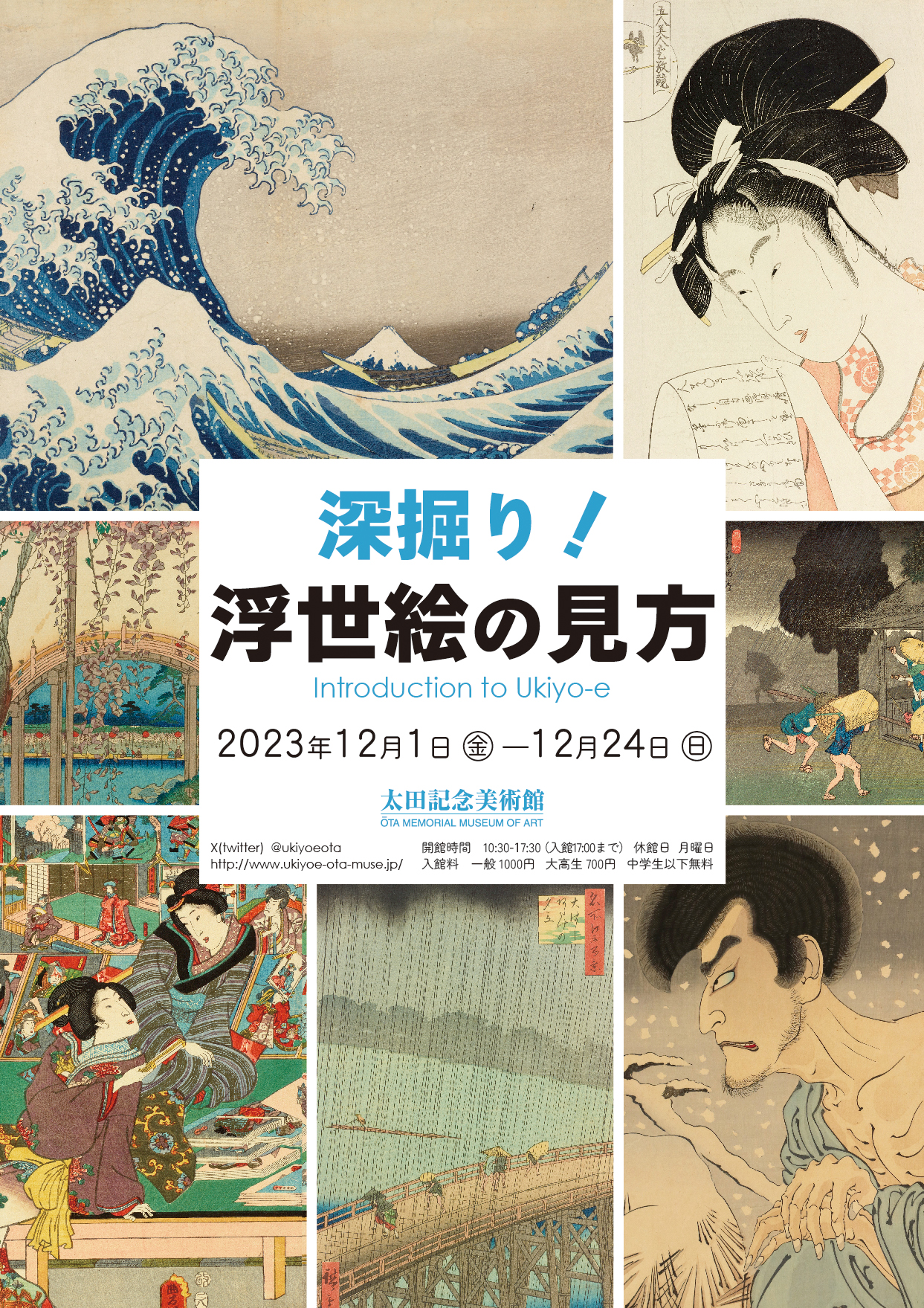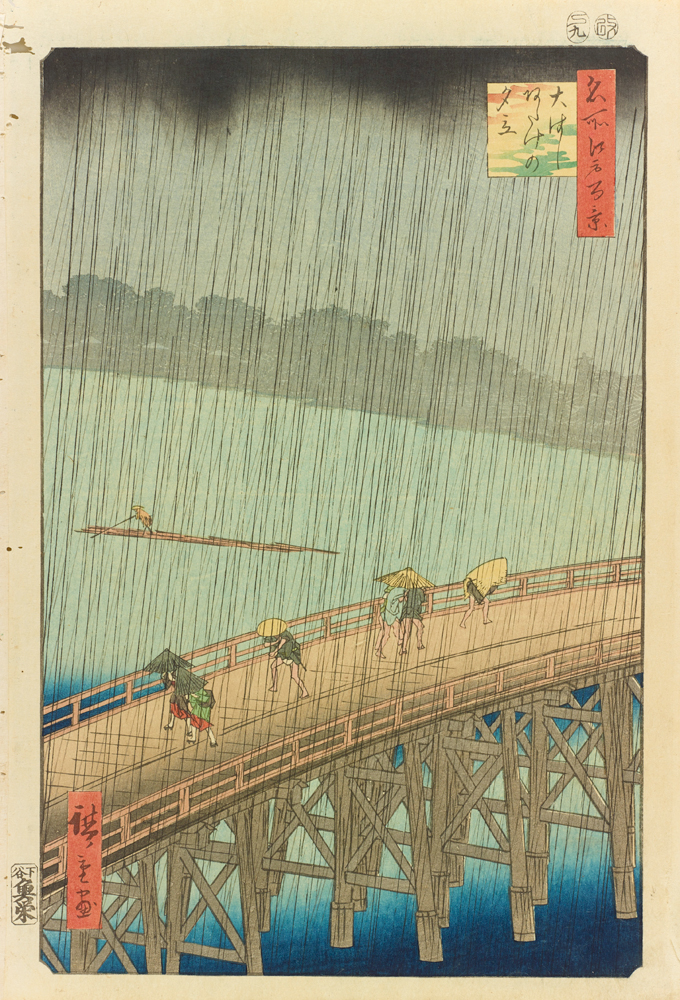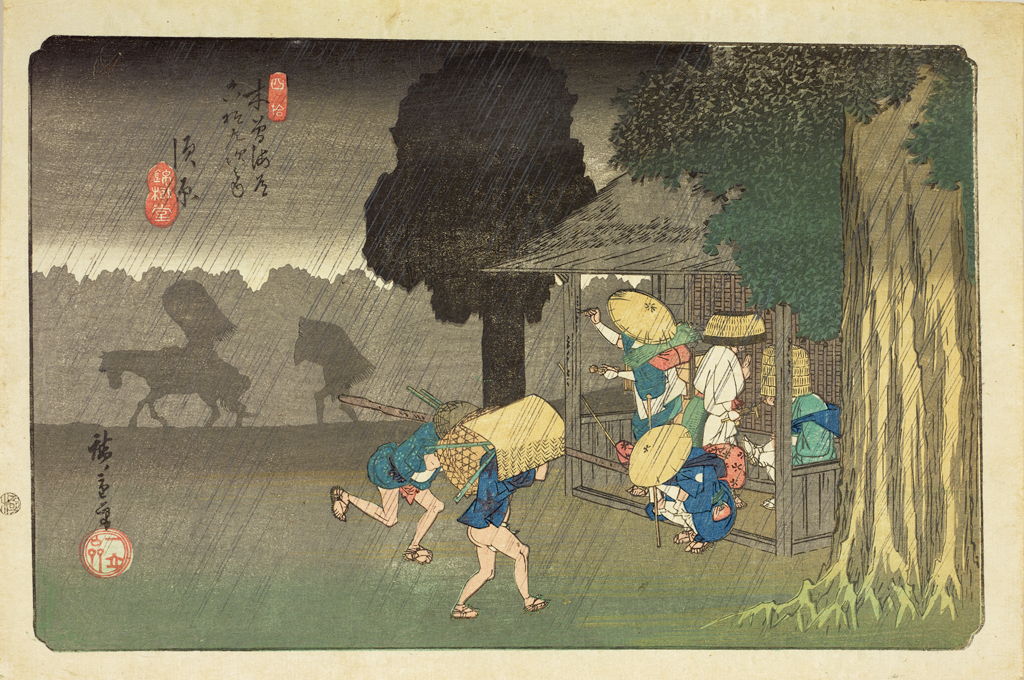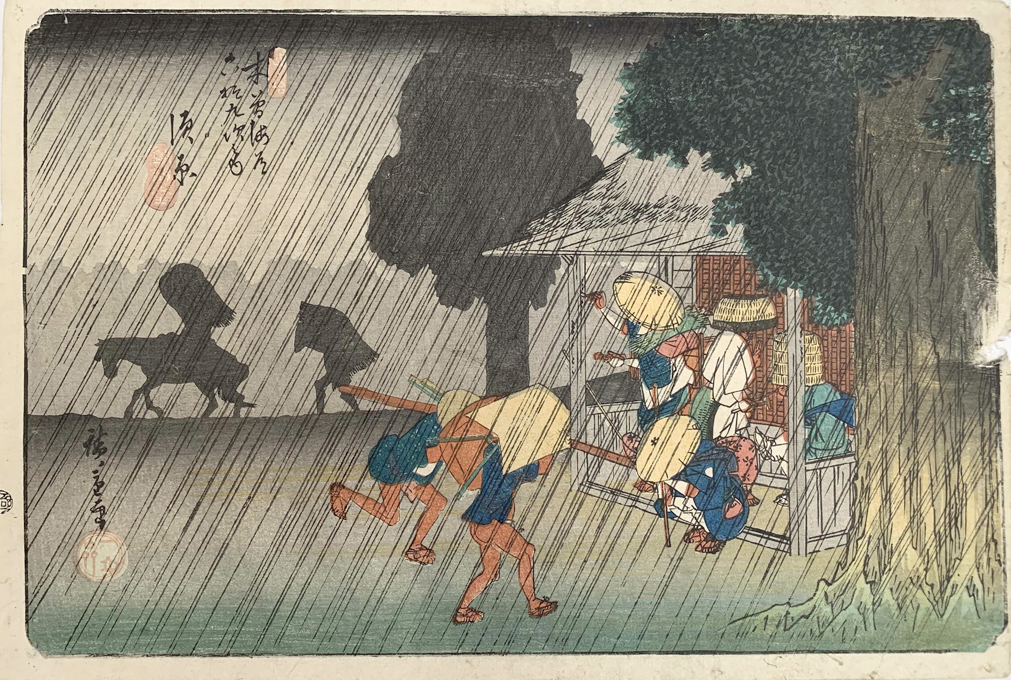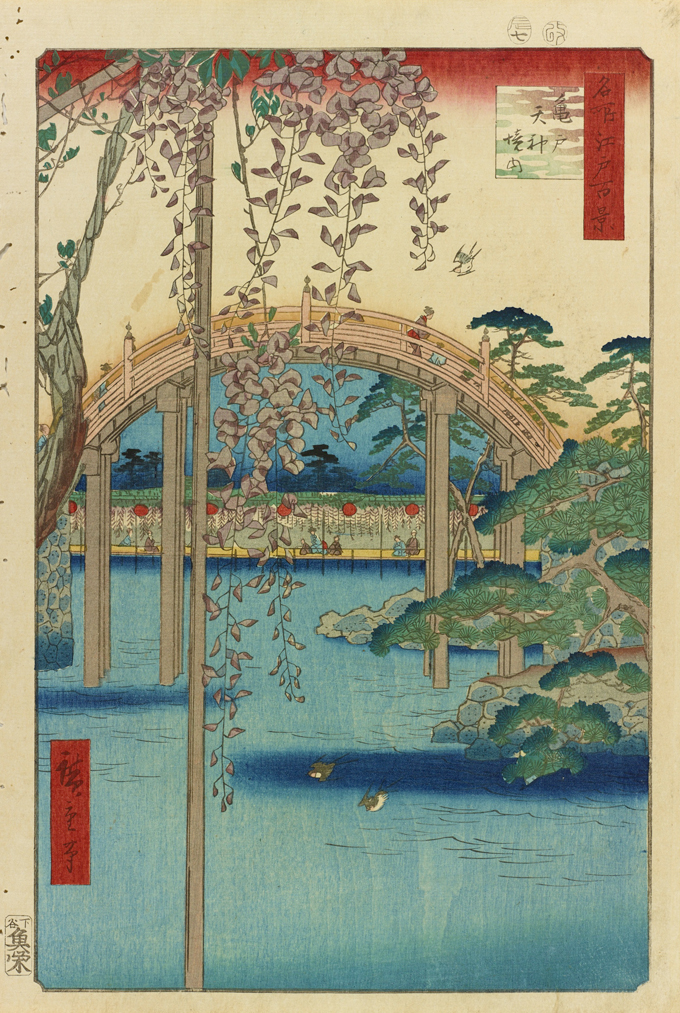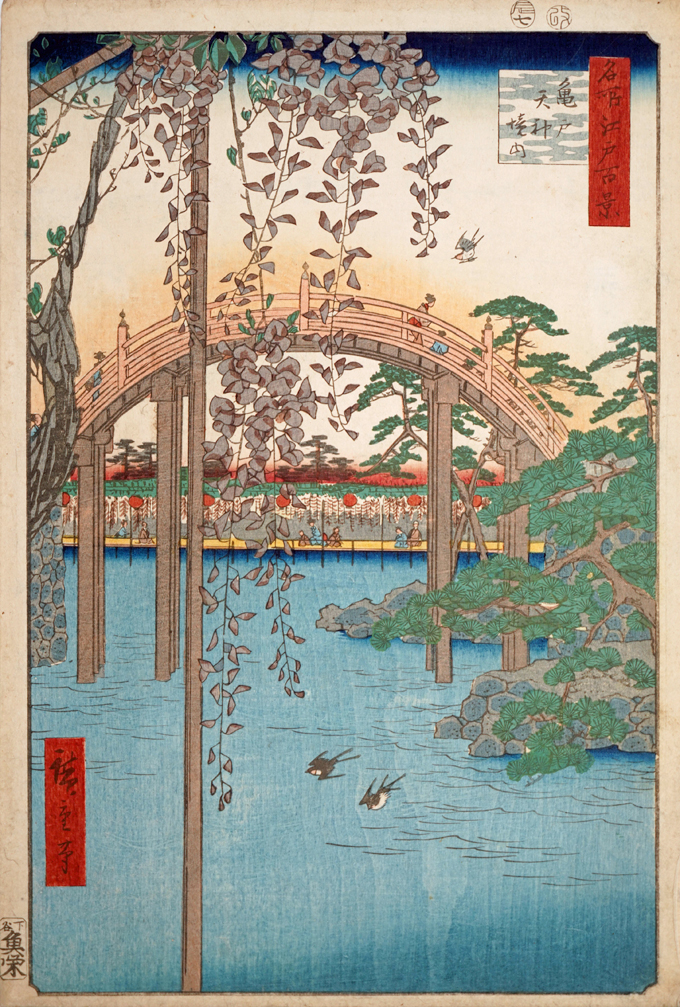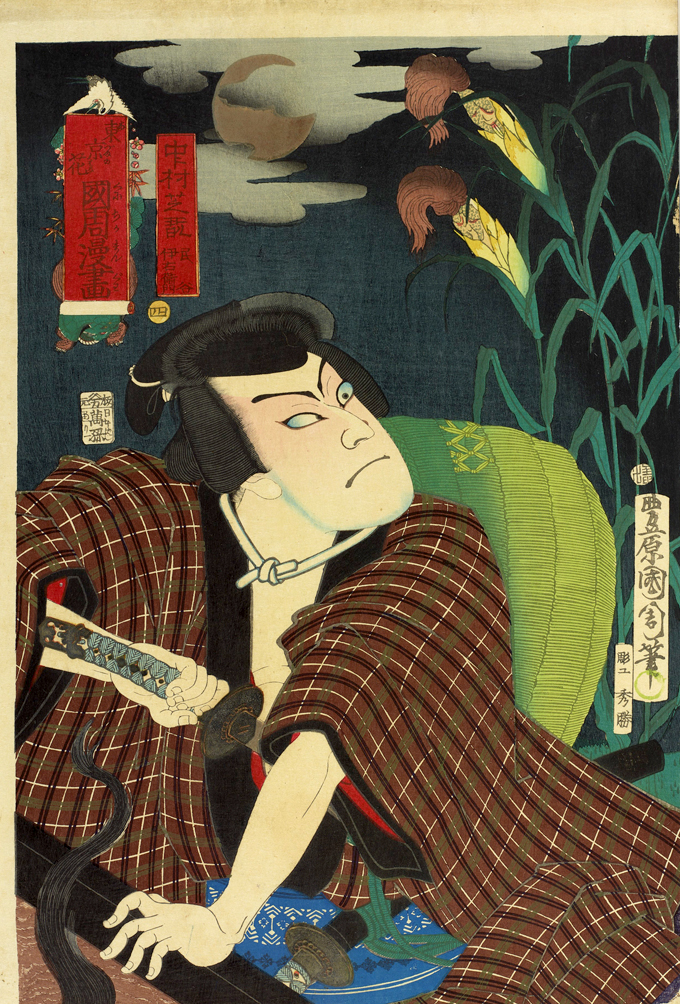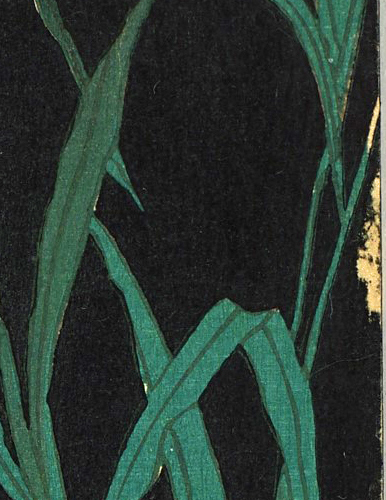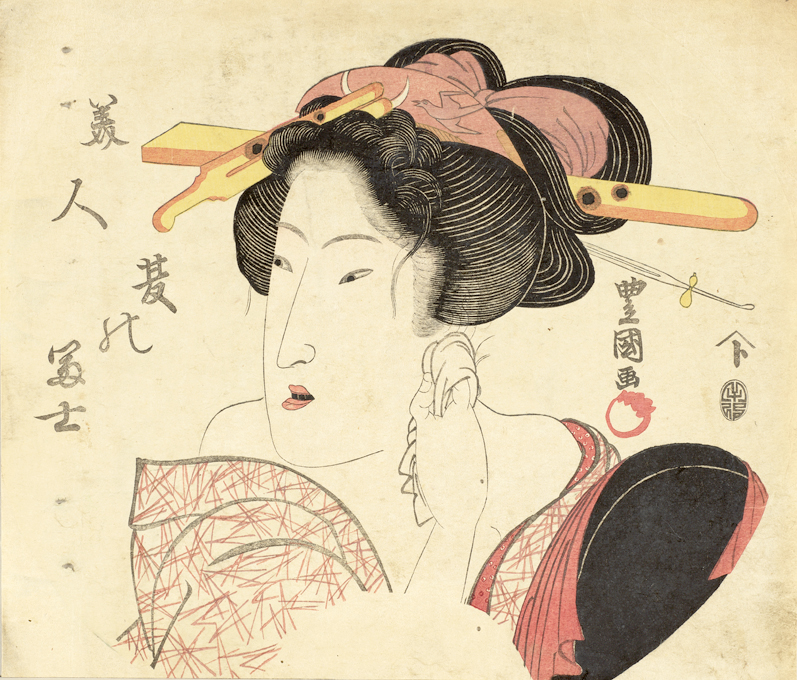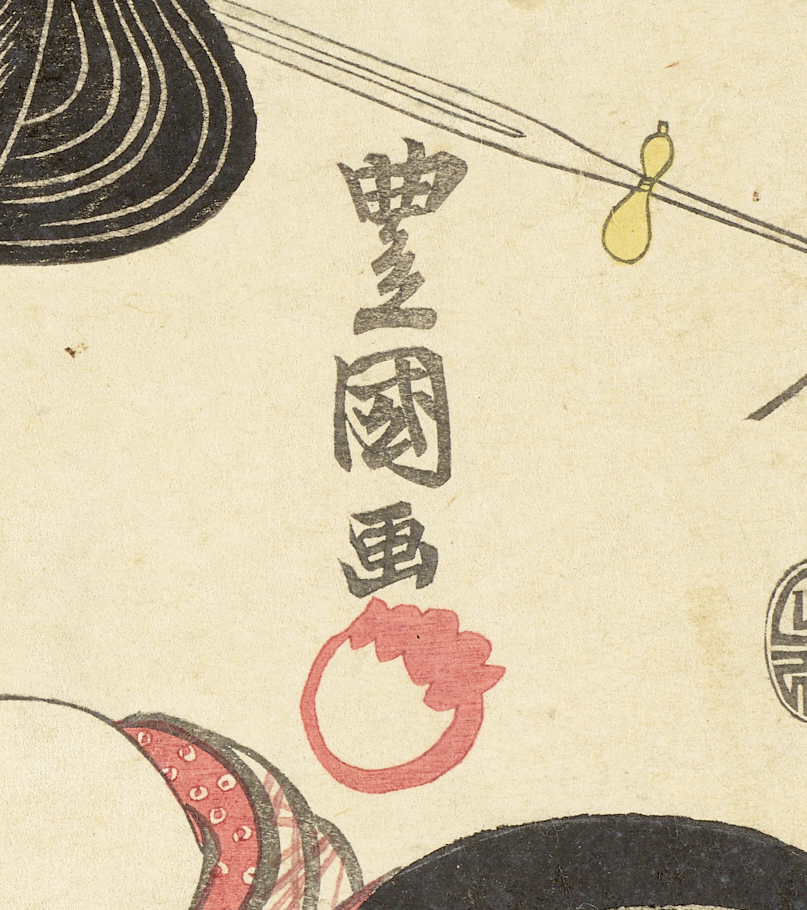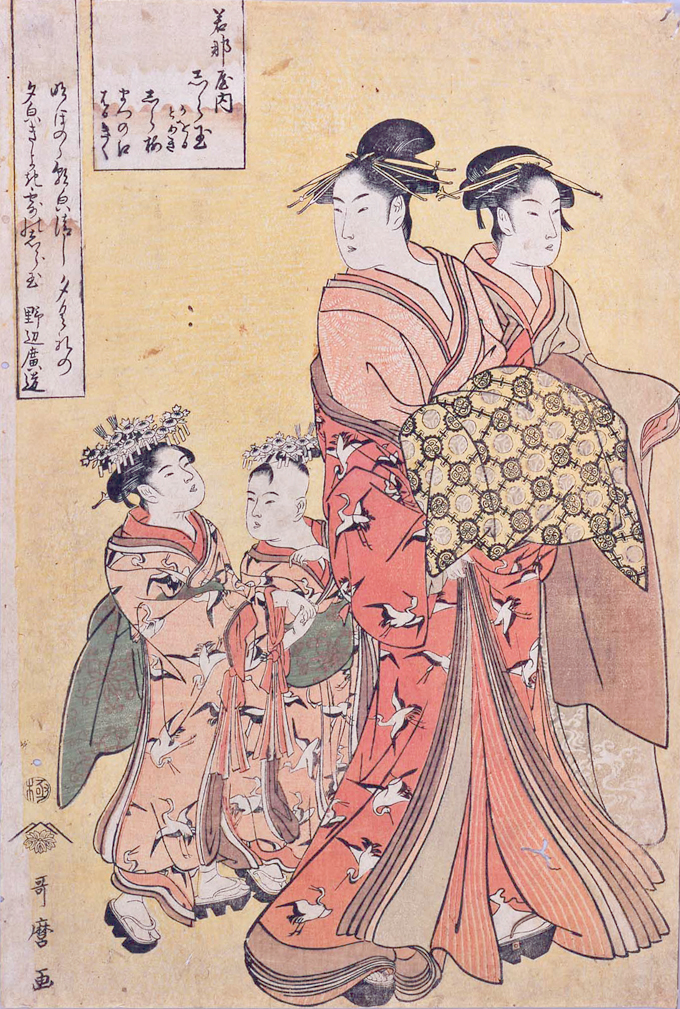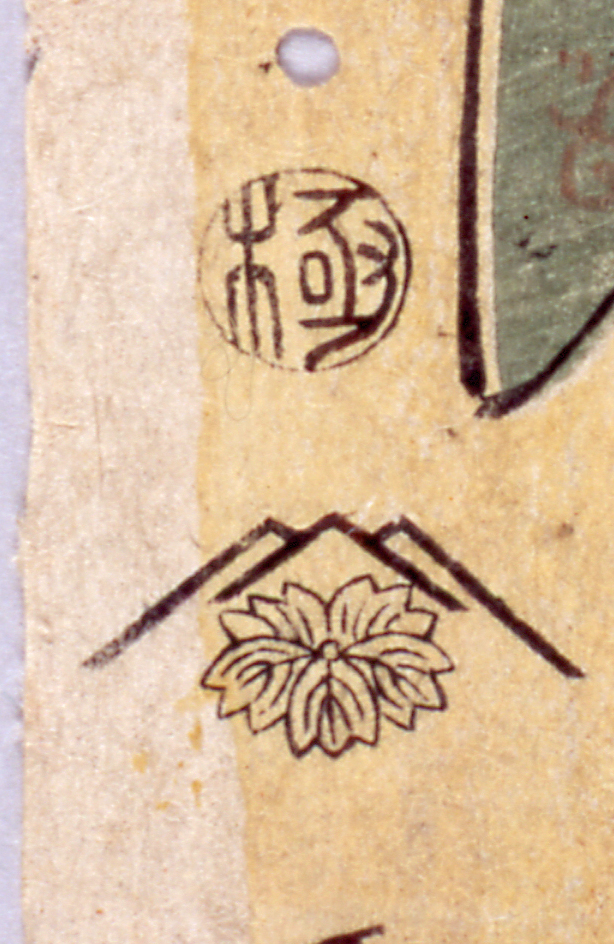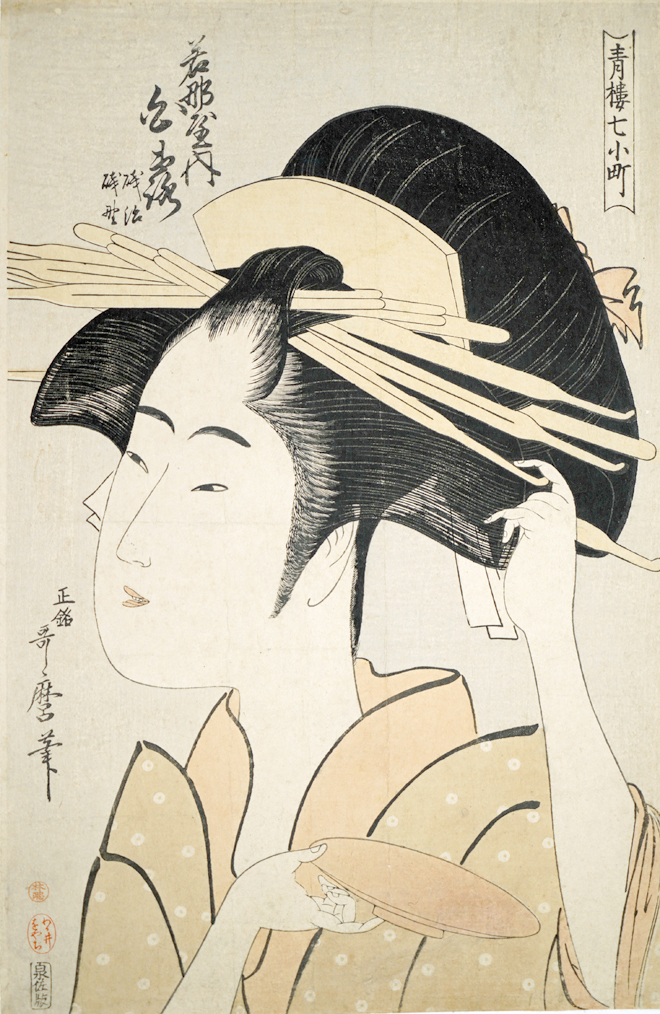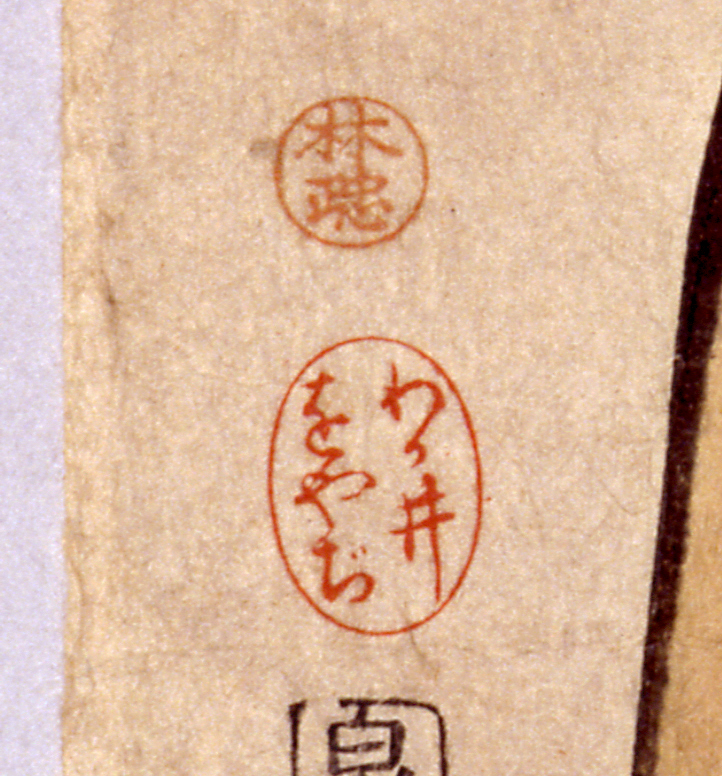Introduction to Ukiyo-e
When viewing ukiyo-e, which point do you focus on?
Since most ukiyo-e are woodblock prints, it is important to appreciate not only the artist’s brush strokes, but also the excellent techniques of the carvers and printers who create the ukiyo-e together with the artists, so as to enjoy the works more deeply. There are also a number of key points, such as the state of preservation of the works and the texts inscribed in the pictures, that reveal the behind-the-scenes production process.
This exhibition introduces diverse perspectives from which to view ukiyo-e, from basic knowledge to in-depth analysis for ukiyo-e connoisseurs. We hope you will experience various ways to enjoy ukiyo-e.
Dig deep into the “Great Wave” by Katsushika Hokusai
Katsushika Hokusai’s Thirty-six Views of Mt. Fuji: The Great Wave off Kanagawa is the most famous ukiyo-e in the world. This work is filled with highlights for viewing ukiyo-e, such as Hokusai’s observational skills in capturing the furious waves, the techniques of the carver and the printer, and the use of an imported blue pigment. In this exhibition, we explore the techniques of masterpieces by leading artists such as Hokusai, Hiroshige and Utamaro.
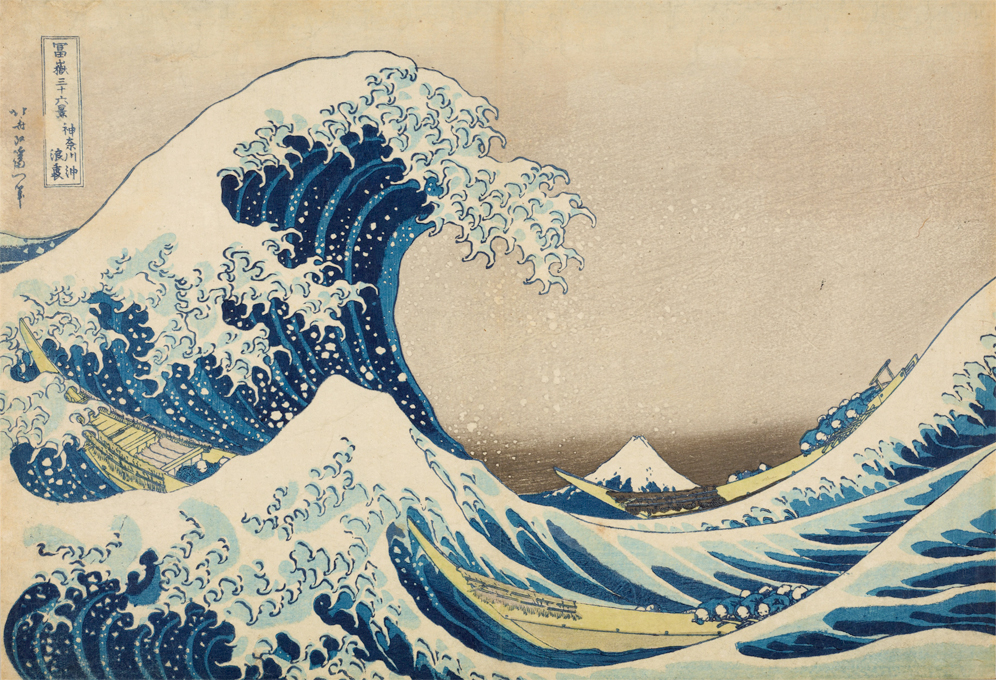
Do you have an eye for ukiyo-e? Discover the differences of printing techniques!
Since most of ukiyo-e are woodblock prints, there are many identical works in circulation. However, when we compare earlier and later prints, we find that there are various differences in color, shape, and other details in the same work. In this exhibition, we also look at the details of the printing process and technique.
Delve into eye-opening knowledge of ukiyo-e
A small margin in the corner, and mysterious symbols in prints. In these small places that we normally do not notice, there are hidden clues that reveal the background of ukiyo-e, from productions to its state of preservation. Let’s examine some of the interesting knowledge about ukiyo-e that will prove eye-opening even for seasoned ukiyo-e lovers.
Admission
| Adult | 1000 yen |
| University and High school students | 700 yen |
| Junior High School Students and below (under 15 years old) | Free |
Calendar
■CLOSE
休館日
4,11,18,25-31
2023 / 12
4,11,18,25-31
| SUN | MON | TUE | WED | THU | FRI | SAT |
|---|
